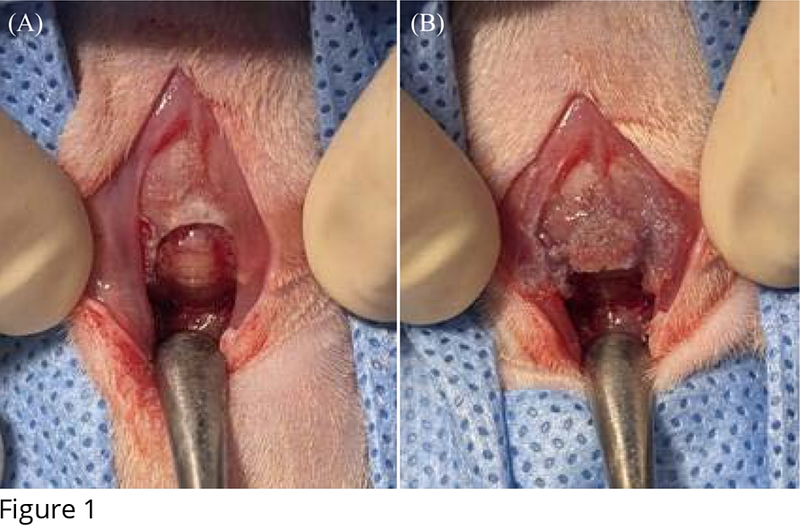Efficacy of foramen magnum decompression with and without cranioplasty in a rat model of Chiari-like malformation

Efficacy of foramen magnum decompression with and without cranioplasty in a rat model of Chiari-like malformation
Yoon, H.-Y.; Jung, J.-H.; Cho, C.-H.; Kim, W.-S.
AbstractIn veterinary medicine, canine Chiari-like malformation (CLM) disease is surgically managed through foramen magnum decompression (FMD) with cranioplasty. This study aimed to assess the efficacy of cranioplasty surgery by establishing a rat CLM model and then applying FMD with and without cranioplasty and comparing the outcomes. Twenty-four 8-week-old male Sprague-Dawley rats underwent surgery to induce CLM by reducing the caudal cranial fossa volume, mimicking cerebellum herniation. The rats were randomly and equally assigned to three groups: a control group (induced CLM), an FO group (induced CLM rats undergoing FMD only), and a CR group (induced CLM rats undergoing FMD with cranioplasty). At 11 weeks of age, the FO and CR groups underwent FMD surgery. Four weeks later, magnetic resonance imaging (MRI) was used to measure the cisterna magna volume to assess surgical outcomes. Post-surgery MRI revealed that the mean cisterna magna volume was 23.82 {+/-} 1.70, 34.88 {+/-} 4.39, and 29.48 {+/-} 2.20 mm3 in the control, FO, and CR groups, respectively. There was a significant increase in the cisterna magna volume in the FO and CR groups compared to that in the control group (p < 0.05), with the FO group showing a significantly greater increase than the CR group (p < 0.05). These findings suggest that FMD surgery alone is more effective at restoring the cisterna magna volume than FMD surgery with cranioplasty. FMD surgery alone resulted in a greater increase in cisterna magna volume than FMD with cranioplasty in our rat CLM model, suggesting that FMD alone may be more effective to treat canine CLM. These findings challenge the typical approach of combining FMD with cranioplasty in treating canine CLM disease and underscore the need for further investigation into optimizing surgical techniques for CLM.


